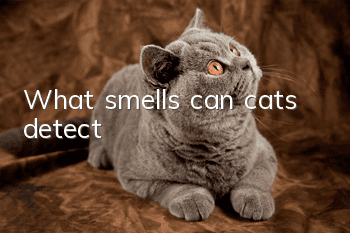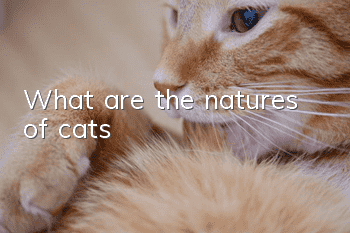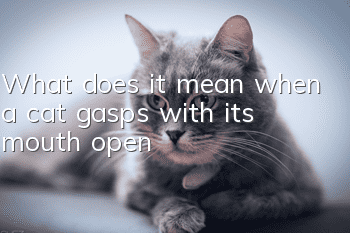Calicivirus symptoms in cats

Increased secretions. After a cat suffers from calicivirus, the secretions from the mouth and nose will increase significantly, and the secretions from the eyes will also increase. Symptoms such as coughing will also occur; oral ulcers will appear in cats suffering from calicivirus. When suffering from calicivirus, the more obvious ones are oral ulcers; the mental state is abnormal. After being infected with calicivirus, they will suffer from loss of appetite and mental depression.
1. Increased secretions
After cats are infected with calicivirus, the secretions from the mouth and nose will increase significantly, and they may even continue to drool. The secretions from the eyes will also increase, and they will also develop cough symptoms. After a period of time, they will become inflamed. .
2. Oral ulcers
The most obvious manifestation of calicivirus in cats is oral ulcers. Oral ulcers lead to clefts in the tongue and palate, forming large-area ulcers, making it difficult for cats to eat and drink, and the symptoms are more obvious.
3. Abnormal energy status
When cats suffer from calicivirus, they will have symptoms such as poor mental status and loss of appetite. Moreover, due to respiratory infectious diseases, the infection is faster. They must be isolated and treated in time to prevent them from infecting other pets.
- Are Turkish Van cats clingy?
- Is it true that cats have acne?
- How to tell if your cat has a fever or cold
- Oriental Shorthair Cat Appearance Characteristics_Personality Characteristics_Raising Methods
- Condition determines the price of Ragdoll cats
- How to care for your cat’s eyes
- Cat's soft stool has a little blood at the end
- Can male cats recognize their own babies?
- How long will a cat stay without litter?
- Can cats digest carbohydrates?



